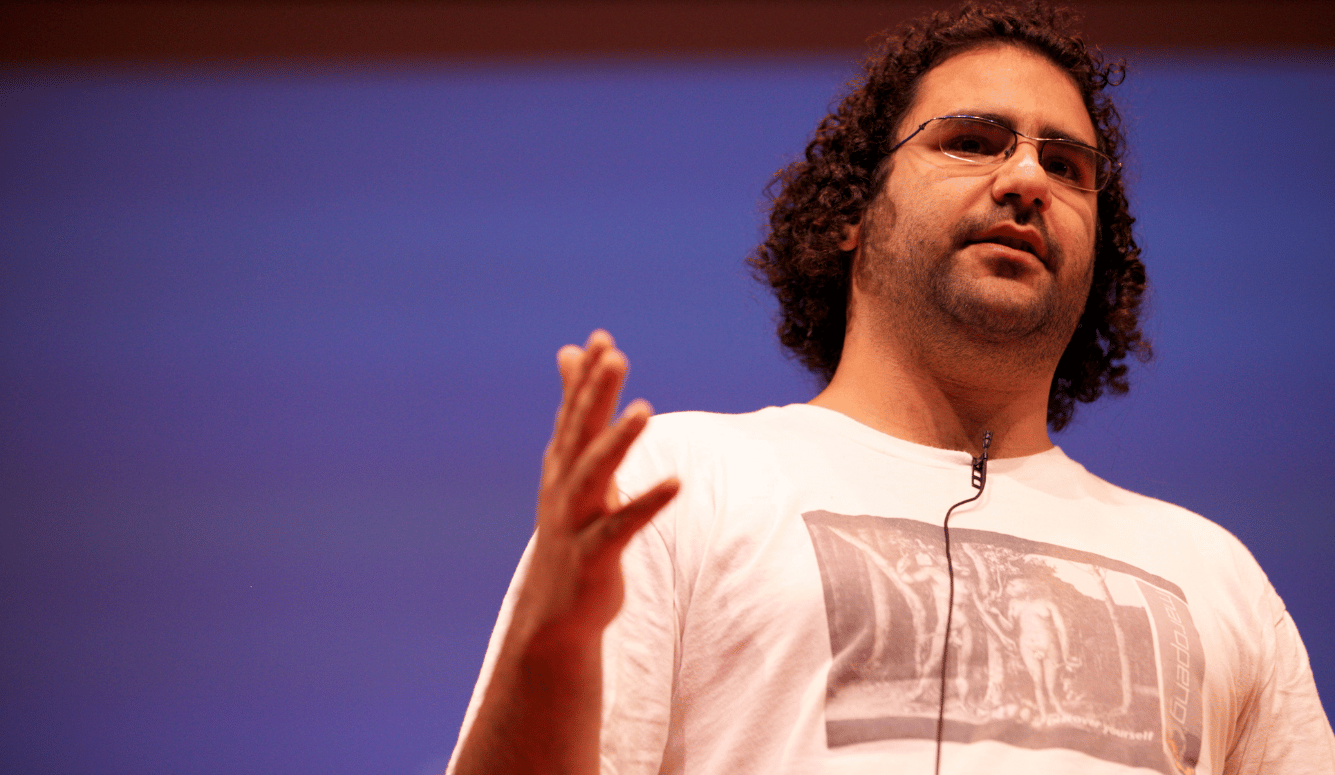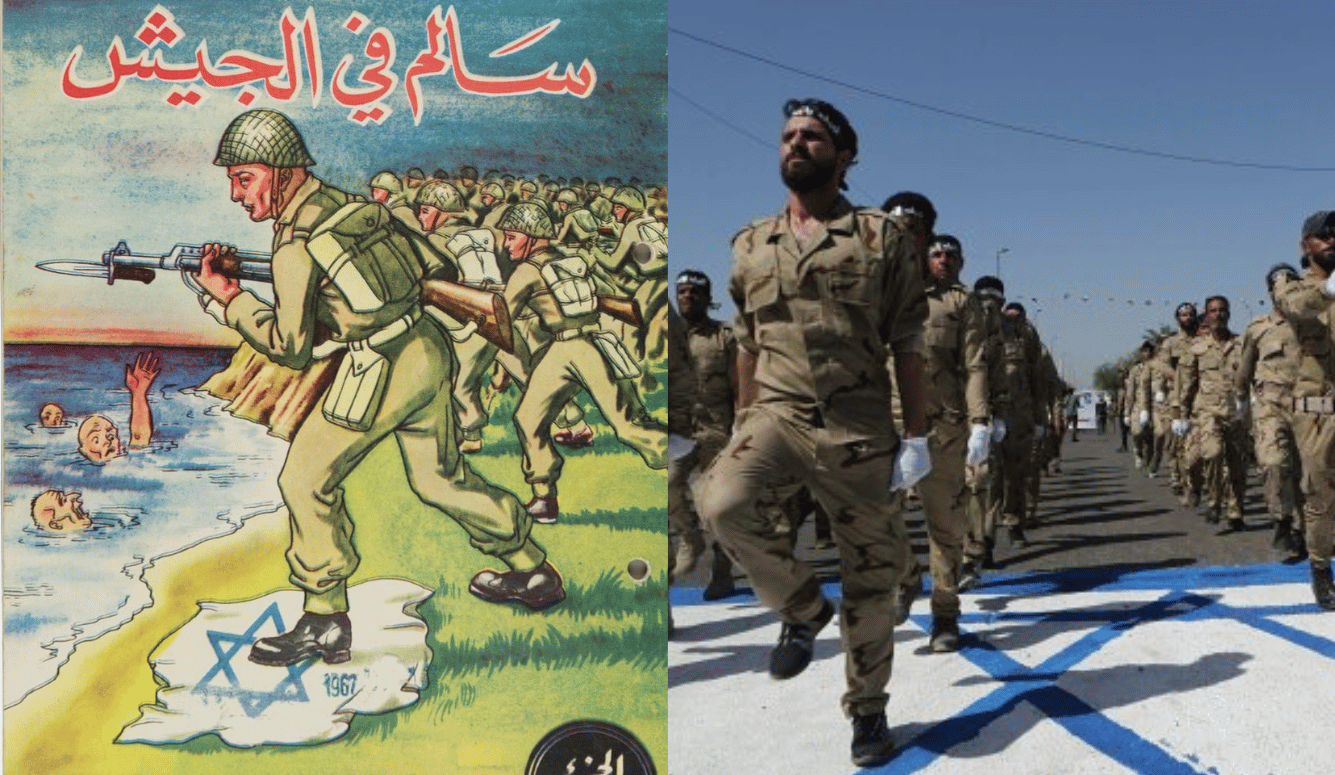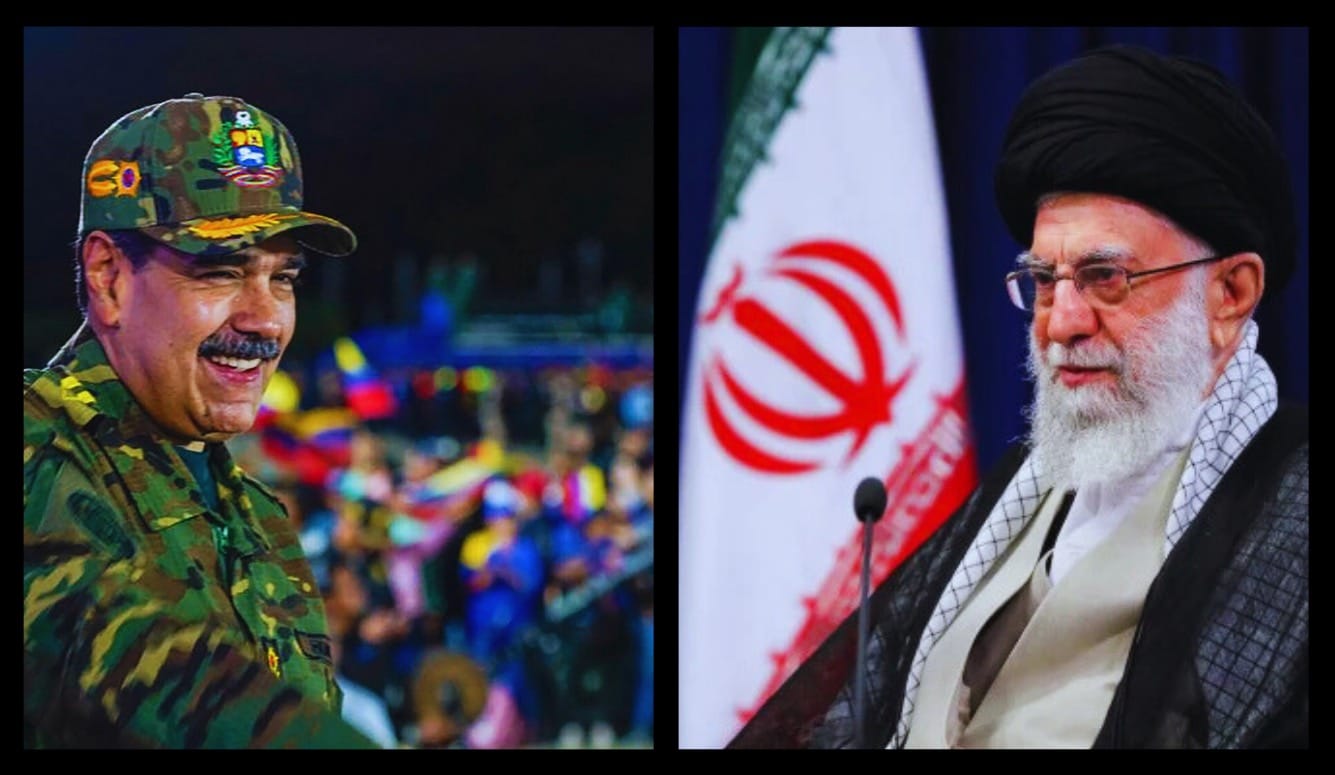Iran
Iran’s Two Ticking Clocks
While the nuclear breakout clock ticks, time may also be expiring on the Ayatollah regime’s grip on the region. The two countdowns are interconnected.
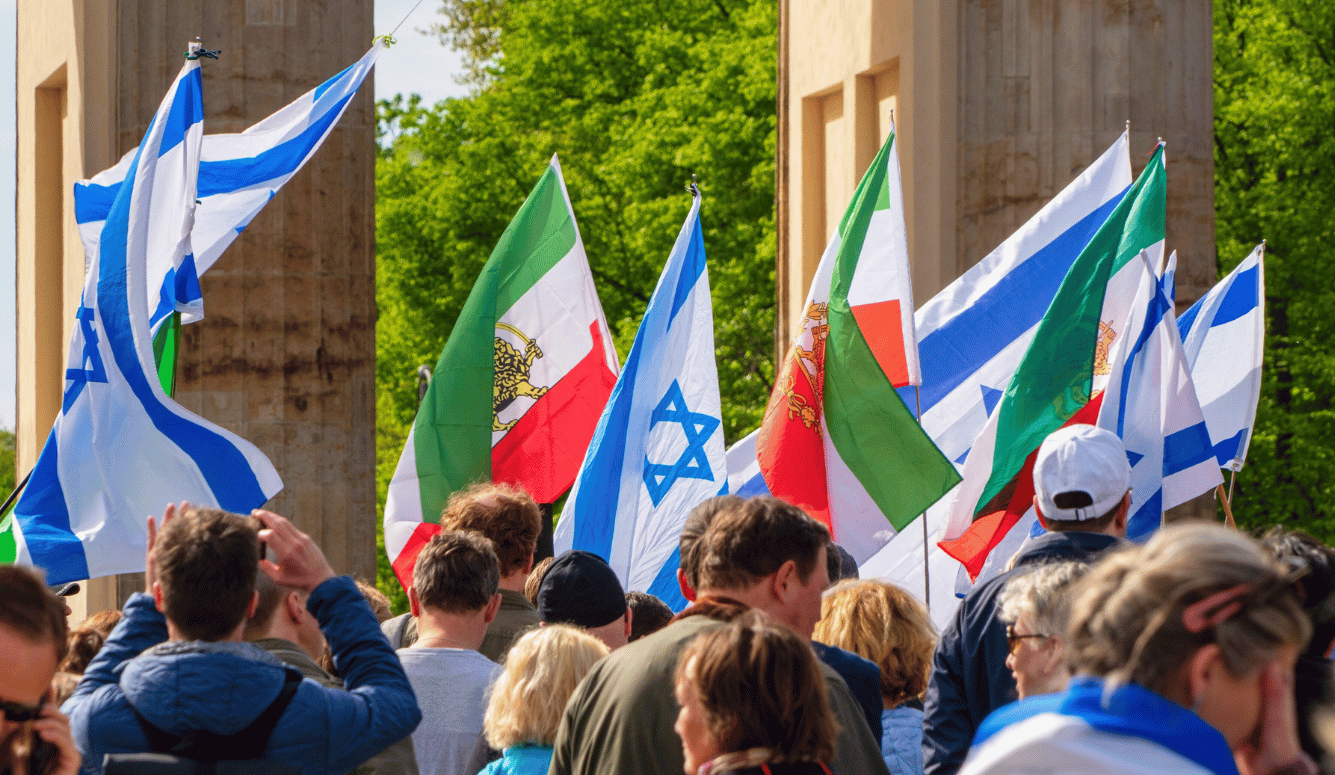
Felestin Square, in the heart of Tehran, pulses with life. This area of the country has witnessed events that shaped the fates of empires. During the Achaemenid Empire, trade routes wove through it, connecting the great cities of Persepolis and Susa to the vast expanse of ancient Persia. Thousands of years later, just steps from this square, student revolutionaries seized 53 American hostages, at the dawn of the 1979 Islamic Revolution, which ushered in a new chapter of global upheaval.
Today, there is a clock in the centre of the square, counting down to Israel’s prophesied destruction on 9 September 2040. This countdown is a reminder of the regime’s ambitions, but a far more consequential timer is also in motion—how long will it be until Iran develops a nuclear weapon? Decades of international sanctions and covert sabotage have slowed progress, but not stopped it. Enriched uranium stockpiles and advanced centrifuges have brought Tehran alarmingly close to nuclear breakout capability. At the beginning of December 2024, the International Atomic Energy Agency (IAEA) reported that Iran plans on “dramatically increasing” uranium enrichment. This will “[increase] the capacity to move more quickly to multiple bombs’ worth of weapons-grade uranium,” said Kelsey Davenport, director of non-proliferation policy at the Arms Control Association advocacy group. While more work is needed in terms of weaponisation and delivery systems, the program is inching closer to completion.
If—or when—Iran acquires a nuclear weapon, that will significantly upgrade the country’s strategic position. It could make the regime “immortal,” in the words of Benjamin Netanyahu. It’s unlikely—though terrifyingly possible—that Iran would use those nuclear weapons. That would be genocide, suicide, and quite possibly usher in the end of civilisation. However, emboldened by a nuclear umbrella, the regime could adopt a more aggressive posture towards Israel and its allies. Nuclear deterrence could grant the Islamic Republic a freer hand to use conventional force and provide the regime with the cover it needs to reconstruct its battered proxies.
While the nuclear breakout clock ticks, time may also be expiring on the Ayatollah regime’s grip on the region. Before the 7 October Hamas attack, Iran held a noose around Israel’s throat through its proxies in Hamas and Hezbollah. But since then, it has suffered a series of crushing setbacks.
Hamas, Iran’s closest Palestinian ally, is out of the picture, its war machine dismantled. Iran can no longer send weapons or provide training to Hamas in Gaza. On 13 April 2024, Iran fired 300 missiles and drones at Israel; 99 percent of them were intercepted by Israel with the help of an international coalition. Iran’s difficulty in penetrating Israel’s air defences exposed the technological gap between the two countries. Equally important was the fact that an international alliance was willing to mobilise in defence of the Jewish state. On 19 April, Israel retaliated—a response that turned out to be merely symbolic. Then, on 1 October, Iran struck Israel directly for a second time—which was also largely unsuccessful. One day after this attack, as the Iranian defence establishment braced for the Israeli response, Iran expert Arash Azizi reported that officials connected to the military were expressing dread at the prospect, since, as one of them said, “We don’t have a fucking air force.”
That concern proved valid: On 26 October, Israel wiped out Iran’s remaining S-300 air defence systems and destroyed multiple radar sites as well as several key weapon production facilities, leaving Iran’s skies vulnerable and halting its ballistic missile and solid fuel production capabilities. No Iranian air force was anywhere to be seen.
On 31 July, Hamas’s political leader Ismail Haniyeh was assassinated in a secure compound in Tehran. The success of this operation revealed just how deeply Israel had infiltrated Iran’s security apparatus and undermined the notion that the regime can protect its key personnel. By late September, Israel had crippled Hezbollah in Lebanon by taking thousands of fighters and mid-ranking commanders off the battlefield, eliminating its leadership, and destroying its arsenal. Having been forced into a ceasefire, Hezbollah—once a shield for Iran’s nuclear ambitions—is no longer an effective deterrent. In the most recent blow to the Islamic Republic’s ambitions, the Assad regime in Syria, a cornerstone of Iran’s “Resistance Axis,” has collapsed, severing smuggling routes and dashing plans to create a land bridge from Iran to Israel. Sunnis have wrested control of Syria from the Shi’ite axis. And immediately after the Assad regime’s collapse, Israel eliminated the overwhelming majority of the former Syrian army’s arsenal, painstakingly built by Iran over decades.

Through the fog of war, glimmers of a post-Shi’ite axis Middle East are emerging. How Iran’s nuclear ambitions will be affected by the Ayatollah regime’s deepening vulnerability and Trump’s return to office remains to be seen. Years of appeasement and containment by Democratic administrations have not yielded fruit. Iran has continued to pursue its hegemonic regional designs and nuclear ambitions. Trump is weeks away from taking office. He has said that he will resume a “maximum pressure” policy against Iran, tightening economic sanctions. This could destabilise the Islamic Republic domestically, but it is likely to be of limited effect, since Iran has a proven ability to circumvent sanctions with the help of its great power allies, Russia, and especially China, the largest buyer of its oil. Trump has also signalled that he would consider preventive airstrikes—this would be a departure from the longstanding policy of the Democrats. When asked about the possibility of war with Iran, in an interview with Time, Trump said, “Anything can happen.”
So, will Iran pursue restraint or make a dash for the bomb? According to military and strategic affairs analyst Yaakov Lappin, “[Iran’s] biggest dilemma now is whether to take the risk of trying to break through to nuclear weapons or taking the longer route of diplomatic engagement and nuclear compromise with the U.S. and try to delay the Israeli attack on its nuclear program. … None of its options are good, but the Iranians are known for their strategic patience and cannot be underestimated.”
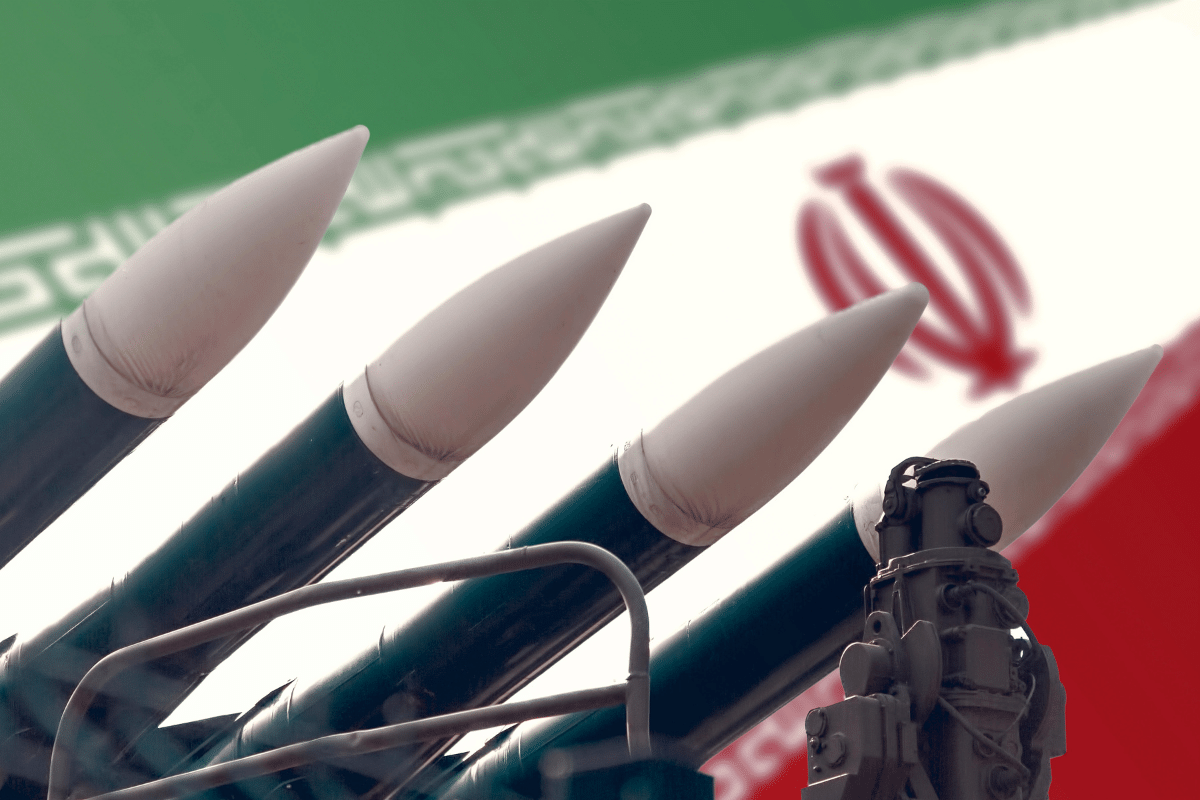
And meanwhile, another clock is ticking. Its face is harder to read, but it is no less consequential. The Ayatollah regime faces an existential domestic threat. Decades of repression, economic mismanagement, and international isolation have generated unrest among large swaths of Iranian society.
From the Green Movement of 2009–10 (on which the Obama administration shamefully poured cold water) to the Mahsa Amini uprising of 2022 (which brought millions into the streets), Iran has witnessed repeated rebellions against the regime on the part of a young, tech-savvy generation who yearn for an end to authoritarian theocracy. Anti-regime sentiment is particularly intense among the Iranian diaspora, who number around four million. The regime has no plans to mitigate the civil unrest through peaceful means. Iranian dissident Masih Alinejad, whom the regime has tried to assassinate multiple times, has commented that, as the regime’s grip on power falters, it has been cracking down on civil liberties increasingly hard. “Khamenei’s terrorist proxies are being dismantled across the region, yet his regime turns its brutality inward, targeting innocent people instead of addressing the country’s real crises,” she wrote, commenting on the recent arrests of singers Parastoo Ahmadi and Zara Esmaeili, for the crime of performing with their heads uncovered.
A historic concert by the forbidden voice of an Iranian woman took place inside Iran, a country where women are jailed simply for singing. Thousands of Iranians watched it live on YouTube, celebrating the bravery of this extraordinary woman.
— Masih Alinejad 🏳️ (@AlinejadMasih) December 12, 2024
Parastoo Ahmadi, who was once… pic.twitter.com/5SebA3Gxy9
Only 60–65 percent of Iran’s population is Persian. The rest comprises ethnic and religious minorities such as Kurds, Balochis, Azeris, and Arabs, many of whom harbour deep hostility toward the regime and have been involved in insurgencies for decades. Viewed through these domestic lenses, the regime resembles a house of cards, its structural integrity preserved by the threat of violent repression.
The two countdowns—the time until Iran acquires a nuclear weapon and the time until the Ayatollah regime collapses—are interconnected. While the nuclear program aims to deter foreign intervention, it exacerbates Iran’s international isolation, thus worsening its economic conditions and fuelling domestic discontent. As the regime’s position becomes increasingly precarious, its pursuit of nuclear capability might intensify as a last-ditch effort to reestablish deterrence. Yet, the resources required for nuclear development could drain what’s needed to maintain control and suppress dissent at home. The closer Iran gets to nuclear capability, the higher the likelihood of a pre-emptive strike by its adversaries, which could ignite a conflict that would expedite the regime’s downfall. Conversely, a collapsing regime might resort to reckless nuclear brinkmanship as a survival strategy.
Persia is an ancient land, with a rich and unique culture. The population is highly educated, with a literacy rate of 89 percent. Persia’s poets, scientists, and artists have shaped human progress for millennia. In the past, Jewish–Persian relations were generally good. King Cyrus, who ruled Persia from 559–530 BC, was one of the first Zionists. Following Persia’s conquest of Babylon in 539 BC, he issued the Edict of Restoration, one of the earliest recorded acts of emancipation, which encouraged and facilitated the Jews’ return to Judah to re-establish self-determination in their homeland. In the 1950s, Iran granted refugee status to Jews fleeing persecution in Baghdad and other areas of Iraq, helping them reach Israel.
Iran’s current regime is a far cry from the civilisation it claims to represent. The Iranian people deserve better—a return to the greatness rooted in Persia’s ancient identity, beyond the shadows of the Ayatollah regime’s expansionist barbarism. Today, this prospect seems more likely than it has been in decades. The disintegration of Iran’s resistance axis suggests that its regional ambitions are unlikely to come to fruition, and that perhaps the regime itself—with its ballistic missile program partially defanged and its air defences down—is as vulnerable as its proxies. Its position has become strategically untenable. As analyst David Ignatius put it, “Iran appears to be at the most precarious moment in its modern history.”

